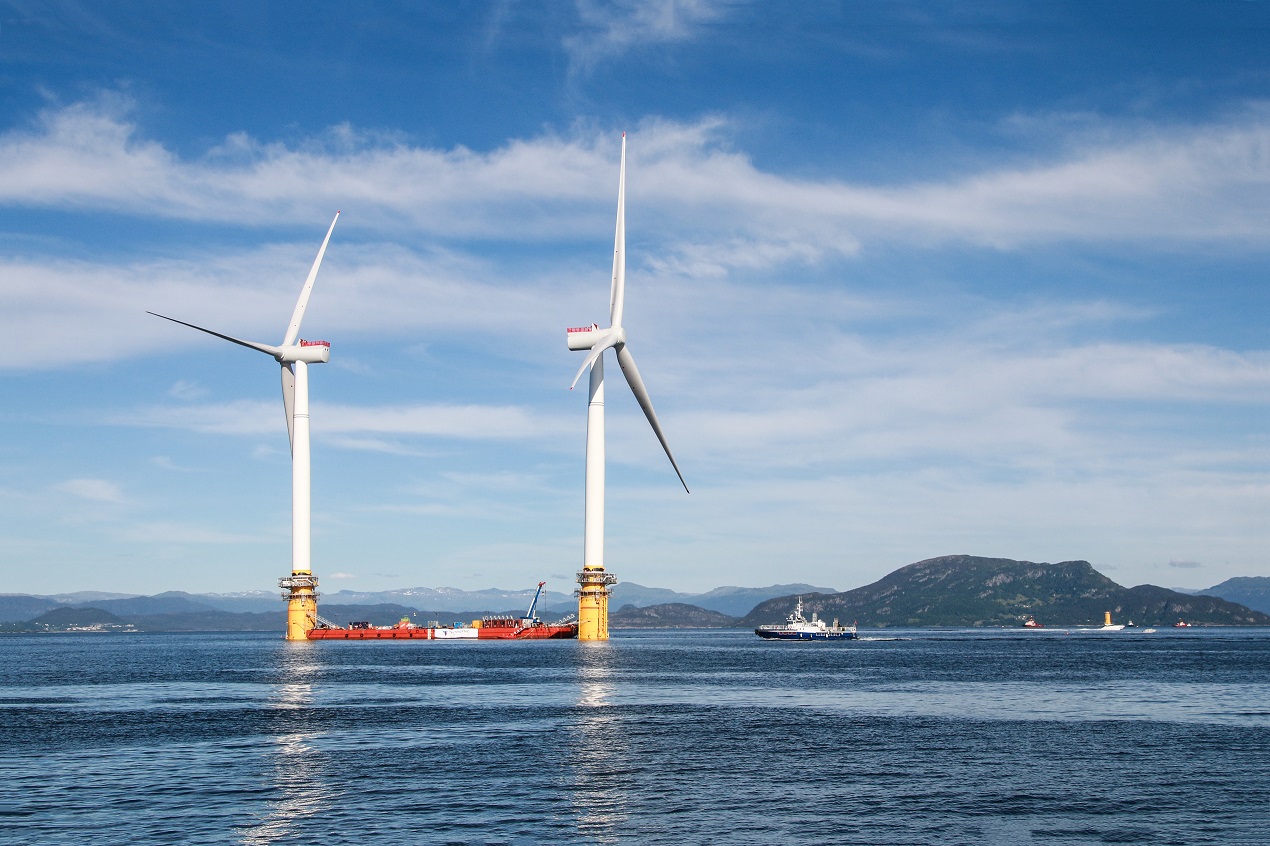The Energy Transition | Grid connections queue to be re-jigged
Published on 22nd April 2024
Welcome to our top picks of the latest energy regulatory and market developments in the UK's transition to net zero.

This week we look at the introduction of retrospective applications to re-prioritise the grid connections queue, the Scottish government's adjustment to its 2030 climate change target, the Industrial Growth Plan which outlines how the UK government can meet 2050 offshore wind targets, and more.
Grid connections queue to be re-jigged by the introduction of retrospective applications
The Electricity System Operator (ESO) has published initial proposals to develop the "First Ready, First Connected" reform proposals (known as TMO4), announced in December last year. The proposals will apply to projects in the existing network connections queue, as well as to new projects applying for network connections. Subject to regulatory approval of urgent code modification proposals that will accompany the new TMO4 propositions, the ESO hopes to implement the reforms by January 2025.
Grid-connection delays have been cited as one of the biggest barriers to the UK achieving its net-zero targets by 2035. In recent years, the transmissions connections queue has been growing at an exponential rate. At the current growth rate, the total queue size is expected to nearly quadruple between October 2022 and the end of 2024. The size of the queue and the rate of new applications has led to average delays of over five years for projects applying to connect to the transmission system.
Under the new "First Ready, First Connected" approach, projects will enter the connections process at gate one but will need to reach certain criteria to proceed through gate two, at which point projects can obtain a queue position and a connection date. Prior to reaching gate two, projects would only receive an indicative connection date and connection point. The new proposals seek to apply this model retrospectively across all projects in the connections queue, in the hope that retrospective applications will remove stalled projects, better utilise existing network capacity, and enable earlier connection dates for viable projects.
This retrospective approach means that the indicative connection date provided to projects at gate one in the existing queue may move backwards if other projects progress faster. The reforms also mean that new applicants under the reformed connections process may displace the queue position of existing projects, irrespective of when they originally applied.
There will be a transition period prior to the implementation of these reforms, during which projects in the existing queue will be given a period of time to demonstrate whether they have satisfied the gate two requirements. Where projects meet the criteria, they may request an accelerated connection date based on the reformed queue. Where projects in the existing queue do not meet the criteria, they will be moved back to an indicative connection date and indicative connection point.
The ESO states that these reforms are part of a package of necessary measures aimed at bringing quicker connections for viable, net zero aligned projects. The changes will be accompanied by further measures which are aimed at giving effect to the Transmission Acceleration Action Plan, which aims to halve the end-to-end build time of electricity transmission network infrastructure from 14 to seven years. The additional changes will also seek to provide the right regulatory obligations and incentives for network companies to drive earlier connections.
Scottish government remains committed to net-zero but adjusts climate change target
Following the report published last month by the Climate Change Committee (the UK's independent climate change adviser) which found that Scotland's 2030 climate goals were "no longer credible", SNP Net Zero Secretary, Mairi McAllan, has announced that the Scottish government will no longer pursue its target to cut carbon emissions by 75% by 2030. McAllan also confirmed that the Scottish government will drop its legally binding annual targets on reducing carbon emissions, citing UK backtracking and a lack of funding from the UK government as an explanation for both measures.
Despite the changes, McAllan stated that Scotland is "well-positioned" in its net zero journey, having nearly halved carbon emissions since 1990. She also confirmed that the Scottish government's existing commitment to deliver net zero by 2045 "steadfastly" remains.
McAllan confirmed that the Scottish government would expedite and propose a minor legislative amendment to the Climate Change Act to address the matters raised by the Climate Change Committee. This change will adopt a targeted approach that is centred around five-yearly carbon budgets, whilst retaining a legal commitment to Scotland's 2045 carbon reduction target alongside annual reporting on progress.
McAllan also outlined further proposals that will make up the Scottish government's carbon action package, including:
- a new route map for the delivery of approximately 24,000 more charge points by 2030 to support the switch to electric vehicles;
- a new national integrated ticketing system for public transport in Scotland as part of the government's target to reduce car usage by 20%;
- a consultation on a new carbon land tax looking at incentivising forestation and renewable energy production on large rural estates; and
- rates relief to subsidise green energy for businesses.
UK must source 300 turbine towers every year to meet 2030's 50GW offshore wind target
The Industrial Growth Plan, which sets out a plan to triple offshore wind manufacturing capacity over the next ten years, has been published by RenewableUK, the Offshore Wind Industry Council, The Crown Estate and Crown Estate Scotland. The Plan states that the UK will need to source 300 giant turbine towers and 900 blades every year for the next six years to achieve the government target of 50GW of offshore wind by 2030.
To achieve this target and combat supply chain constraints, the IGP states that new strategic factories and manufacturing capabilities are required. As there is currently no capacity in the UK for the manufacturing of towers, the Plan prioritises five areas for investment, including the design and manufacture of blades and turbine towers.
The Plan comments that the creation of such manufacturing capabilities has "significant potential of [stimulating] economic growth and job creation". More broadly, the measures set out in the Plan would support an additional 10,000 jobs a year and boost the UK's economy by £25 billion by 2035. The Plan envisages investment of £3 billion nationwide, most of which would be privately financed. The anticipated return to the UK economy would be just under £9 for every £1 invested.
Northern Powergrid delivers roadmap to net zero
Northern Powergrid has released its roadmap to net zero through its DSO Implementation Plan for 2024/25.The plan sets out how Northern Powergrid plans to reach net zero by adapting to the increasing uptake in renewable energy and decarbonisation alongside an increasing demand for electricity generally. It will also aim to deliver £1 billion in customer benefits over the next five years.
Northern Powergrid's focus is on enabling individual customers to decarbonise through adopting the use of electric vehicles, heat-pumps and solar panels. For its commercial customers, Northern Powergrid aims to add renewable generation and storage to the distribution network. The DSO Implementation Plan sets out how Northern Power will achieve this by expanding its capabilities and taking on the functions of a distribution system operation (DSO) to manage the complex power flows, innovation and close collaboration.
The plan is centred around delivering the following five outcomes:
- increasing customer and network flexibility;
- facilitating the development of new markets for customers;
- expanding the network and market data capture;
- transforming analysis capabilities; and
- enabling open energy system data sharing and joint planning with stakeholders.
The plan sets out Northern Power's vision to deliver of "a smarter and more flexible energy system that enables our customers to decarbonise efficiently".
This article was written with the assistance of Khushal Thobhani, Jessica Sawford, Charlotte D'Arcy, Luke Hopper and Hannah Bradley, trainee solicitors.




